"African Palm Civet." A - Z Animals. Retrieved October 3, 2014.
- Available at: http://a-z-animals.com/animals/african-palm-civet/
"African Palm Civet." The Animal Files: Mammals > Carnivores. Retrieved October 3, 2014.
- Available at: http://www.theanimalfiles.com/mammals/carnivores/civet_african_palm.html
"African Palm Civet." Animals Adda: Info. Retrieved October 3, 2014.
- Available at: http://animalsadda.com/african-palm-civet/
"African Palm Civet." redOrbit: Reference Library > Mammals. Retrieved October 3, 2014.
- Available at: http://www.redorbit.com/education/reference_library/animal_kingdom/mammalia/2578180/african_palm_civet/
"African Palm Civet (Nandinia binotata)." ARKive: Species > Mammals. Retrieved October 3, 2014.
- Available at: http://www.arkive.org/african-palm-civet/nandinia-binotata/
“African Palm Civet Pictures and Facts.” The Website of Everything: Animals > Mammals > Carnivora > Viverridae > Nandinia > Nandini. Retrieved October 3, 2014.
- Available at: http://thewebsiteofeverything.com/animals/mammals/Carnivora/Viverridae/Nandinia/Nandinia-binotata.html
"African Palm Civet Skeleton (Nandinia binotata)." Skulls Unlimited: Mammalia > Carnivora > Viverridae. Retrieved October 3, 2014.
- Available at http://www.skullsunlimited.com/record_species.php?id=3831
Alden, P.; Estes, R.; Schlitter, D.; McBride, B. 1995. National Audubon Society-Field Guide To African Wildlife. New York: Alfred A. Knopf, Inc.
Allen, J.A. (Joel Asaph). 1922 - 1925. "Carnivora Collected by the American Museum Congo Expedition." Bulletin of the American Museum of Natural History, Vol. XLVII: 73 - .
- Available via Biodiversity Heritage Library at: http://biodiversitylibrary.org/page/42949403
Arnold, Michael L. 2008. Reticulate Evolution and Humans: Origins and Ecology. Oxford University Press.
Bell, D.; Roberton, S.; and Hunter, P. R. 2004. "Animal Origins of SARS Coronavirus: Possible Links with the International Trade in Small Carnivores." Philosophical Transactions of the Royal Society of London, Series B, Biological Sciences 359:1107-1114.
Bisby, F.A.; Roskov, Y.R.; Orrell, T.M.; Nicolson, D.; Paglinawan, L.E.; Bailly, N.; Kirk, P.M.; Bourgoin, T.; Baillargeon, G.; and Ouvrard, D. (red.). 2011. "Nandinia binotata binotata (Gray, 1830)." Species 2000 & ITIS Catalogue of Life: 2011 Annual Checklist. Reading, UK. Retrieved October 3, 2014.
- Available at: http://www.catalogueoflife.org/col/details/species/id/6993698
Boelens, Bo; Watkins, Michael; and Grayson, Michael. 2009. The Eponym Dictionary of Mammals. Johns Hopkins University.
Boudet, Ch. 10 January 2009. "Species Sheet: Two-spotted Palm Civet, African Palm Civit, Nandine." Mammals' Planet: Vs n°4, 04/2010. Retrieved October 3, 2014.
- Available at: http://www.planet-mammiferes.org/drupal/en/node/38?indice=Nandinia+binotata
Boudet, Ch. 10 January 2009. "Subspecies Sheet: Kakamega Tree Civet, Eastern African Tree Civet." Mammals' Planet: Vs n°4, 04/2010. Retrieved October 3, 2014.
- Available at: http://www.planet-mammiferes.org/drupal/en/node/39?indice=Nandinia+binotata+arborea
Boudet, Ch. 10 January 2009. "Subspecies Sheet: Western Africa Tree Civet." Mammals' Planet: Vs n°4, 04/2010. Retrieved October 3, 2014.
- Available at: http://www.planet-mammiferes.org/drupal/en/node/39?indice=Nandinia+binotata+binotata
Boudet, Ch. 10 January 2009. "Subspecies Sheet: Nyasaland Tree Civet, Gerrard's Tree Civet." Mammals' Planet: Vs n°4, 04/2010. Retrieved October 3, 2014.
- Available at: http://www.planet-mammiferes.org/drupal/en/node/39?indice=Nandinia+binotata+gerrardi
Boudet, Ch. 10 January 2009. "Subspecies Sheet: Hamilton's Tree Civet." Mammals' Planet: Vs n°4, 04/2010. Retrieved October 3, 2014.
- Available at: http://www.planet-mammiferes.org/drupal/en/node/39?indice=Nandinia+binotata+hamiltonii
Boudet, Ch. 10 January 2009. "Subspecies Sheet: Congolese Tree Civet." Mammals' Planet: Vs n°4, 04/2010. Retrieved October 3, 2014.
- Available at: http://www.planet-mammiferes.org/drupal/en/node/39?indice=Nandinia+binotata+intensa
Campbell, M. 2009. "Proximity in a Ghanaian Savanna: Human Reactions to the African Palm Civet Nandinia binotata." Singapore Journal of Tropical Geography 30(2):220-231.
Cassell's Universal Portrait Gallery: A Collection of Portraits of Celebrities, English and Foreign. With Facsimile Autographs. 1895. London, Paris & Melbourne: Cassell and Company, Limited.
- Available via Internet Archive at: https://archive.org/details/cassellsuniversa00londiala
Charles-Dominique, P. 1978. "Ecologie et vie sociale de Nandinia binotata (carnivores, viverridés): Comparaison avec les prosimiens sympatriques du Gabon." La Terre et la Vie 32:477-528.
Driver, Stephanie (ed.). 2008. Exploring Mammals, Volume 3. Tarrytown, NY: Marshall Cavendish Corporation.
Duff, Andrew; and Lawson, Ann. 2004. Mammals of the World: A Checklist. Yale University Press.
Ewer, R.F. 1998. The Carnivores. Cornell University Press: Cornell Paperbacks.
Gaubert, P.; and Cordeiro-Estrela, P. 2006. “Phylogenetic Systematics and Tempo of Evolution of the Viverrinae (Mammalia, Carnivora, viverridae) within Feliformians: Implications for Faunal Exchanges between Asia and Africa.” Molecular Phylogenetics and Evolution 41:266-278.
Gaubert, P.; Wozencraft, W.; Cordeiro-Estrela, P.; and Veron, G. 2005. "Mosaics of Convergence and Noise in Morphological Phylogenies: What's in a Viverrid-like Carnivoran?" Systematic Biology 54(6):865-894.
Gervais, Paul. 1855. Histoire naturelle des Mammifères: Carnivores, Proboscidiens, Jumentés, Bisulques, Édentés, Marsupiaux, Monotrèmes, Phoques, Sirénides et Cétacés. Paris: L. Curmer.
Gittleman, John L.; Funk, Stephan M.; Macdonald, David; and Wayne, Robert K. (eds.). 2001. Carnivore Conservation. Cambridge University Press: Conservation Biology 5.
Gray, J. 1830. Spicilegia Zoologica, or original figures and short systematic descriptions of new and unfigured animals 2:9. London: Treuttel, Würtz & Co.
Gray, J. 1844. List of Specimens of Mammalia of the British Museum. London, England: British Museum.
Gray, J. E. (John Edward). 1864. "A Revision of the Genera and Species of Viverrine Animals (Viverridae), Founded on the Collection in the British Museum." Proceedings of the Zoological Society of London 502–579.
- Available via Biodiversity Heritage Library at: http://biodiversitylibrary.org/page/28500856#page/622/mode/1up
Hayssen, Virginia; Van Tienhoven, Ari; and Van Tienoven, Ans. Asdell’s Patterns of Mammalian Reproduction: A Compendium of Species-Specific Data. Cornell University, 1993.
Heller, E. 1914. "New Antelopes and Carnivores from British East Africa." Smithsonian Miscellaneous Collections 61(13):119-138.
Hunter, Luke; and Barrett, Priscilla. 2011. A Field Guide to the Carnivores of the World. London, Cape Town, Sydney, Auckland: New Holland Publishers (UK) Ltd.
Jennings, A. P.; and Veron, J. 2009. "Family Viverridae (Civets, Genets, and Oyans)." In: Don E. Wilson and Russel Mittermeier (Hrsg.) Handbook of the Mammals of the World Volume 1: Carnivores. Lynx Edicions.
Kondo, H.; Tesar, J.; Cloud, D.; Kagan, L. (eds.). 1972. Civets, Genets, and Linsangs, Volume 2, 3rd Edition. Milan: Fratelli Fabbri Editori.
Kotelnicki, Sandra. 2014. "Nandinia binotata: African Palm Civet (On-line)." Animal Diversity Web. University of Michigan Museum of Zoology. Retrieved October 3, 2014.
- Available at: http://animaldiversity.ummz.umich.edu/accounts/Nandinia_binotata/
Larivière, Serge. 2004. "African Palm Civet: Nandinia binotata." Pp. 341-342 in Grzimek's Animal Life Encyclopedia, Second Edition. Volume 14: Mammals III, edited by Michael Hutchins, Devra G. Kleiman, Valerius Geist, and Melissa C. McDade. Farmington Hills, MI: Gale Group, Inc., division of Thomson Learning Inc.
Lydekker, Richard. 1896. A Hand-book to the Carnivora, Part I. Cats, Civets, and Mungooses. London, England: Edward Lloyd, Limited: Lloyd's Natural History Edited by R. Bowdler Sharpe.
- Available via Internet Archive at: http://archive.org/stream/handbooktocarniv00lydekke#page/238/mode/2up
"Nandinia binotata." Reptile Evolution. Retrieved October 3, 2014.
- Available at: http://www.reptileevolution.com/nandinia.htm
"Nandinia binotata: African Palm Civet." Encyclopedia of Life. Retrieved October 3, 2014.
- Available at: http://eol.org/pages/328048/hierarchy_entries/52576790/overview
"Nandinia binotata (Gray, 1830)." Universal Biological Indexer and Organizer. Woods Hole, MA: Woods Hole Oceanographic Institution Marine Biological Laboratory. Retrieved October 3, 2014.
- Available at: http://www.ubio.org/browser/details.php?namebankID=105781
"Nandinia binotata subsp. binotata." GBIF Backbone Taxonomy: Animalia > Choradata > Mammalia > Carnivora > Nandiniidae > Nandinia > GBIF ID 7193946. Copenhagen, Denmark: Global Biodiversity Information Facility. Retrieved October 3, 2014.
- Available at: http://www.gbif.org/species/7193946
"Nandinia binotata (Two-spotted Palm Civet)." ZipcodeZoo: Species Identifier 128434. Retrieved October 3, 2014.
- Available at: http://zipcodezoo.com/animals/n/nandinia_binotata/
"Nandinia binotata binotata (Two-spotted Palm Civet)." ZipcodeZoo: Species Identifier 2403163. Retrieved October 3, 2014.
- Available at: http://zipcodezoo.com/Animals/N/Nandinia_binotata_binotata/
Nowak, Ronald M. 1999. Walker's Mammals of the World, Sixth Edition. Volume I. Baltimore: Johns Hopkins University Press.
Perkin, A. 2005. "Distributional Notes on the African Palm Civet Nandinia binotata in Tanzania." Small Carnivore Conservation 32:17-20.
Rosevear, D.R. 1974. The Carnivores of West Africa. London, England: British Museum (Natural History).
Schreiber, A.; Wirth, R.; Riffel, M.; and Van Rompaey, H. 1989. Weasels, Civets, Mongooses, and Their Relatives. An Action Plan for the Conservation of Mustelids and Viverrids. Gland, Switzerland: IUCN.
Van Rompaey, H.; Gaubert, P.; & Hoffmann, M. 2008. "Nandinia binotata." In: IUCN 2014. International Union for Conservation of Nature and Natural Resources Red List of Threatened Species. Version 2014.2. Retrieved October 3, 2014.
- Available at: http://www.iucnredlist.org/details/full/41589/0
Veron, Geraldine. 2010. “Phylogeny of the Viverridae and ‘Viverrid-like’ Feliforms.” Pp. 64-90 in Carnivoran Evolution: New Views on Phylogeny, Form and Function edited by Anjali Goswami and Anthony Friscia. Cambridge University Press: Cambridge Studies in Morphology and Molecules.
Wilson, Don E.; and Cole, F. Russell. 2000. Common Names of Mammals of the World. Washington, D.C.: Smithsonian Institution Press.
Wilson, Don E.; and Reeder, DeeAnn M. (editors). 2005. Mammal Species of the World: A Taxonomic and Geographic Reference (3rd ed), Johns Hopkins University Press.
Wood, J.G. (John George). c. 1853. The Illustrated Natural History. With new designs by Wolf, Zwecker, Weir, Coleman, Harvey, etc. etc. Engraved by the Brothers Dalziel. Vol. I: Mammalia. London: Routledge, Warne, and Routledge.
- Available via Biodiversity Heritage Library at: http://biodiversitylibrary.org/page/23417382
- Available via Internet Archive at: https://archive.org/stream/illustratednatur01wood
Wrobel, Murray (Editor). 2007. Elsevier's Dictionary of Mammals: Latin English German French Italian. Oxford, U.K.: Elsevier B.V.


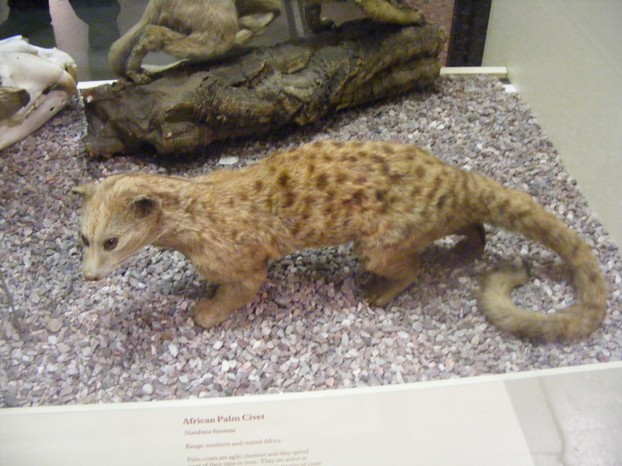
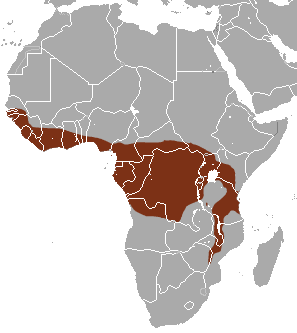
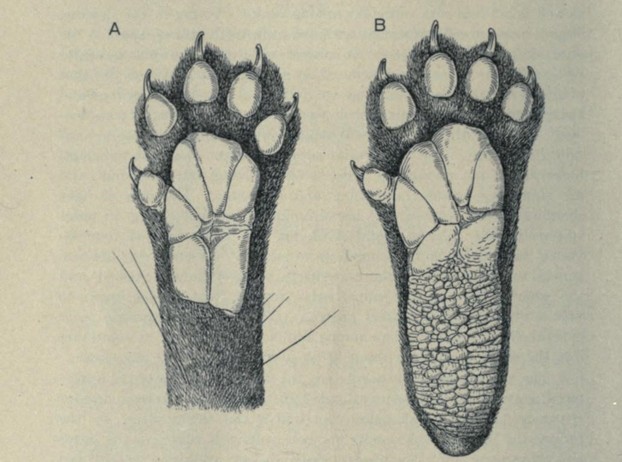
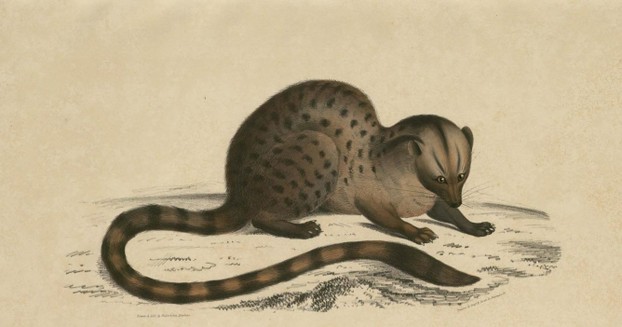
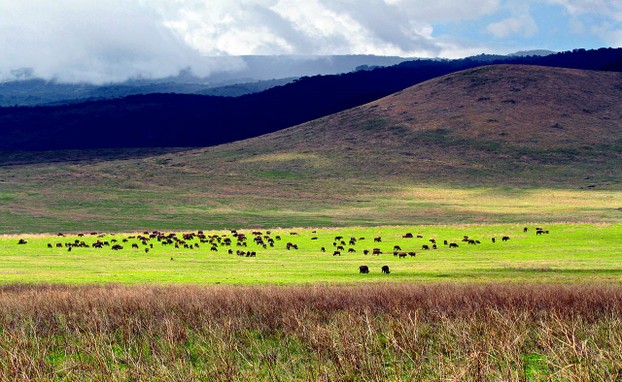
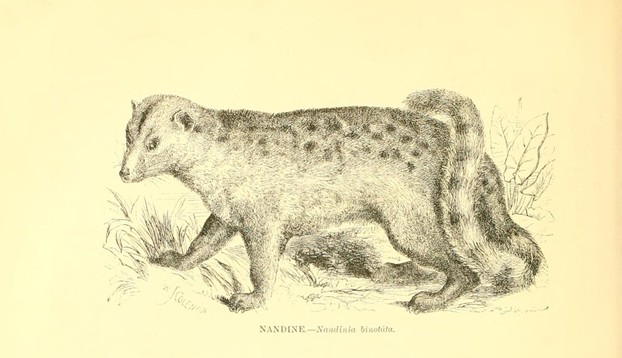
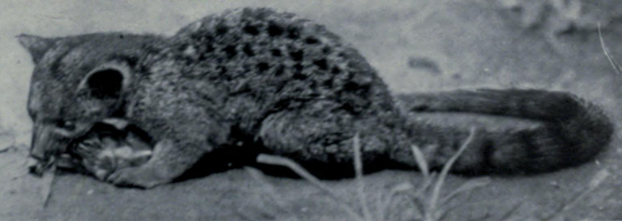
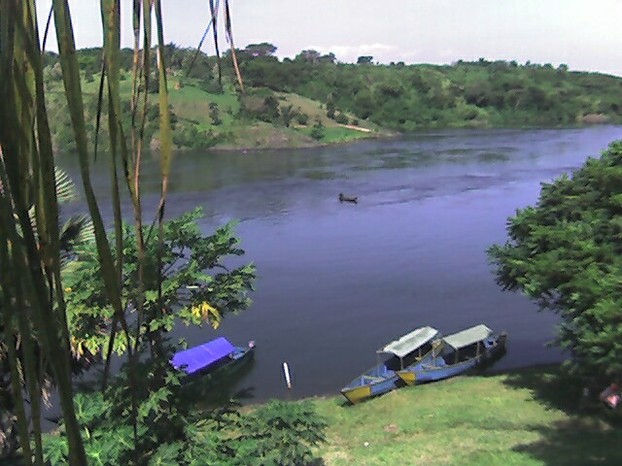
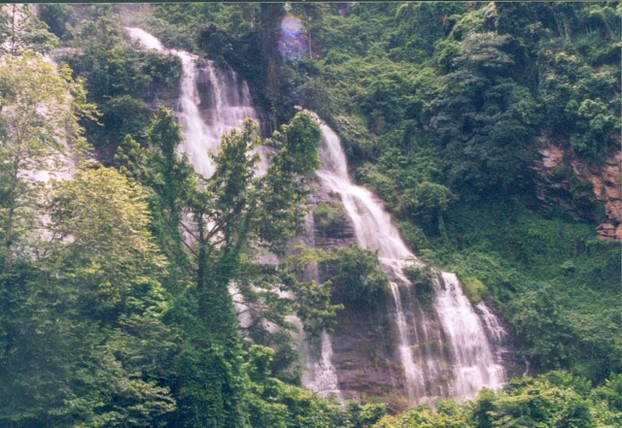
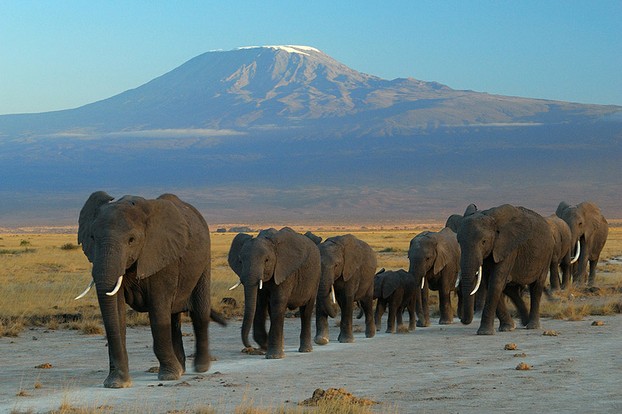





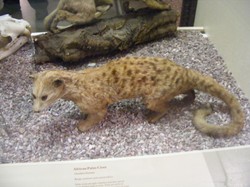

 Are Hawaiian Huakai Po Nightmarchers Avenging Halloween Thursday?on 10/02/2024
Are Hawaiian Huakai Po Nightmarchers Avenging Halloween Thursday?on 10/02/2024
 Mailing Addresses for 2023 Form 4868 Extending 1040 and 1040SR April 15, 2024, Due Dateon 04/15/2024
Mailing Addresses for 2023 Form 4868 Extending 1040 and 1040SR April 15, 2024, Due Dateon 04/15/2024
 Mailing Addresses for 2023 Forms 1040 and 1040SR Filed in 2024on 04/15/2024
Mailing Addresses for 2023 Forms 1040 and 1040SR Filed in 2024on 04/15/2024
 Mailing Addresses for 2022 Form 4868 Extending 1040 and 1040SR April 18, 2023, Due Dateon 04/13/2023
Mailing Addresses for 2022 Form 4868 Extending 1040 and 1040SR April 18, 2023, Due Dateon 04/13/2023

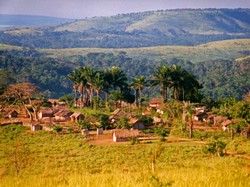
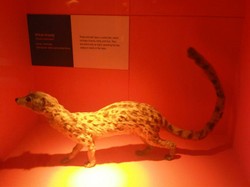
Comments